Product Development starts with a Minimum Viable Product (MVP). To define it, the Product Discovery phase takes place first. The roles needed for the discovery phase are rearranged during the development stage.
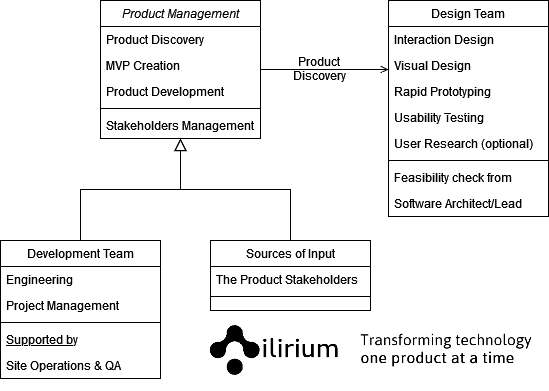
Product Discovery To Product Development
Product Management is about discovering usable, valuable and feasible products. Once a High-Fidelity Prototype validates the product as such, it’s time to start the Product Development. This happens by defining the MVP and passing it to the Engineering team.
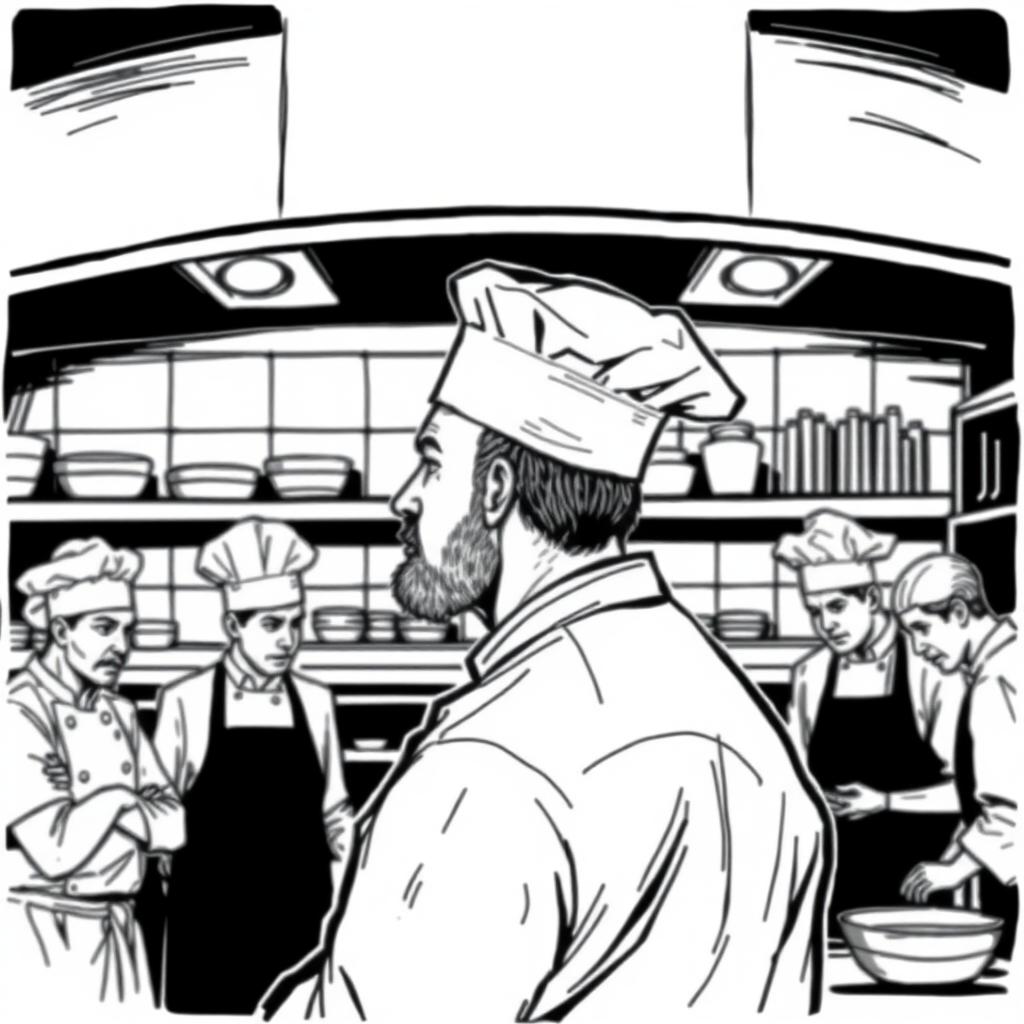
Then the objectives of the product manager shift accordingly. Minimizing change is of the highest importance during the Product Development phase. Changing the requirements too often will often result in an unhappy engineering team, and all sorts of issues can stem from there.
Apart from minimizing change, product management has to manage the stakeholders. In plain words, he has to convince everyone involved that the product will be a success, and actually see it through. The design team roles get rearranged accordingly as well.
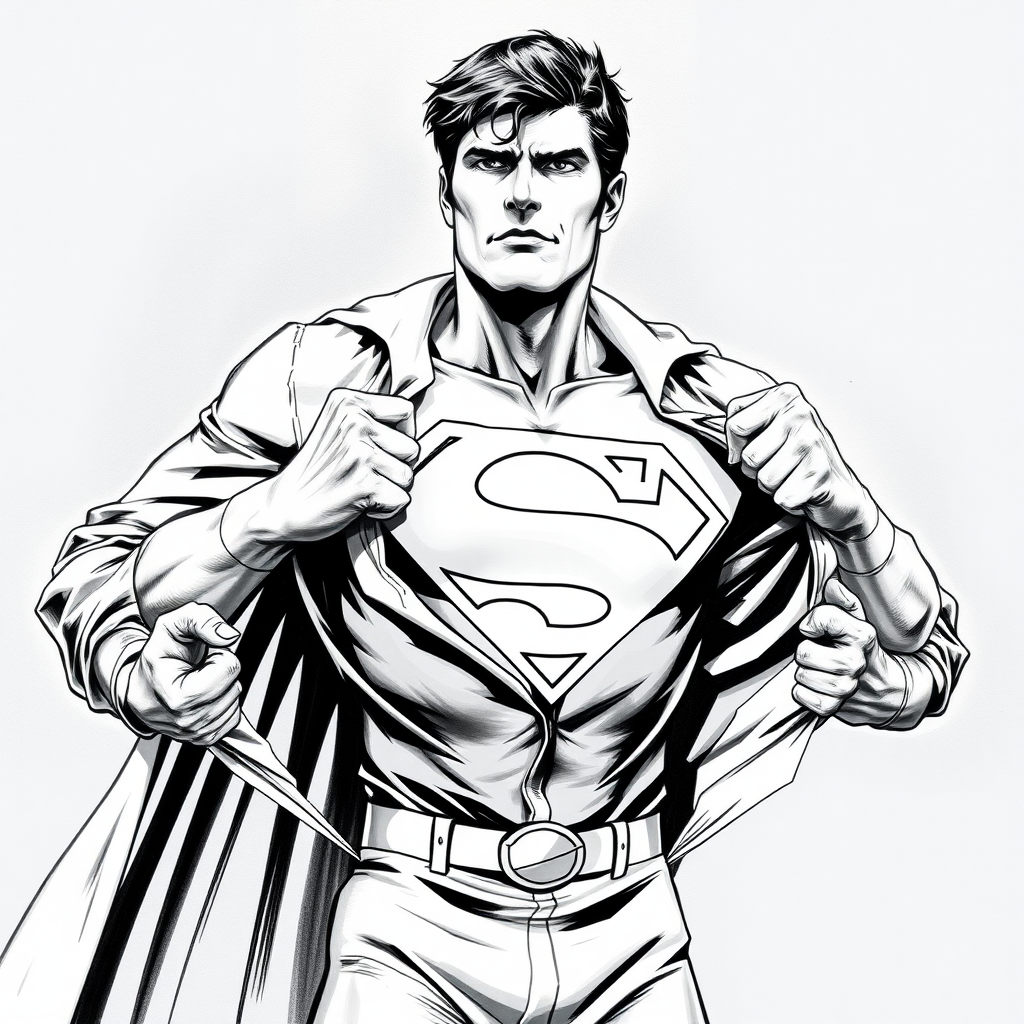
Design Team Roles During Product Development
The first and most obvious one is the shift from Rapid Prototyping to Engineering, given you pulled one of your engineers to fill the role. When the Prototypes were done in Figma, it simply takes the pressure off from the Designer, who acted as a Rapid Prototyper.
Another major shift is happening for the Visual Designer, who now supports the Engineering instead of the Interaction Designer, creating assets for them. Likewise, the Interaction Designer is now creating User Stories for the engineers, together with the Product Manager.
The only role that remains the same is the Usability Testing. The only difference is the tests are done with the live application, or as much of it that is ready. The Product Team is then joined by new members.
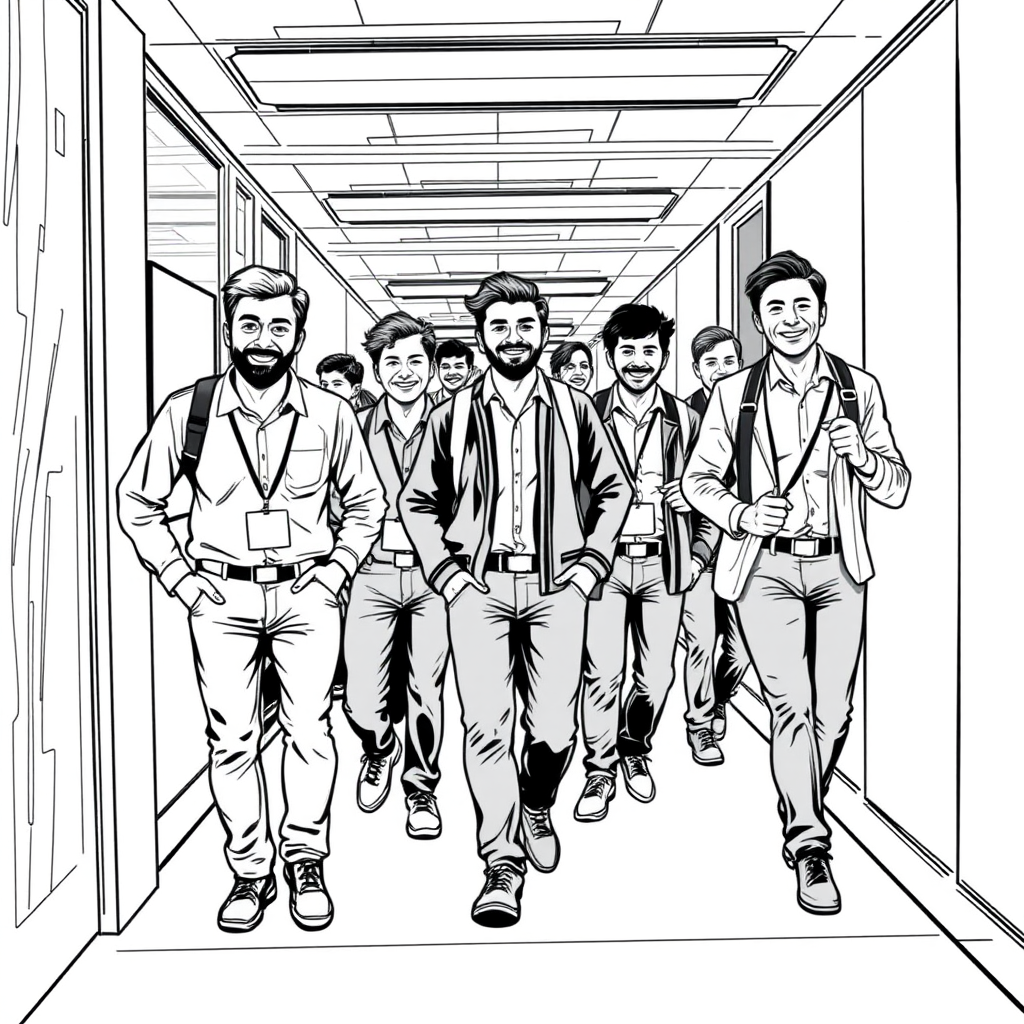
Product Development Team Roles
Engineering is the core of Product Development. Their job is to build the product right. It all starts with building the Infrastructure, which can be started during the Product Discovery if it’s too big. The High-Fidelity Prototype is their living documentation of the product to be built.
Project Management comes in when the Engineering team grows above 5 members, especially if the team uses the train model. Their job is to coordinate the various product departments, optimize resource utilization, and proactively resolve conflicts of interest through data-driven decision-making and reasoning.
Site Operations is supporting the Engineering team. Their job is to create tools and documentation for the developers. Automating the solutions that the engineers build, and monitoring it once deployed.
Quality Assurance is reviewing the work of the Engineering team. Their job is to find bugs, and help the engineering to resolve them. Manual and Automated testing are both viable options for this role.
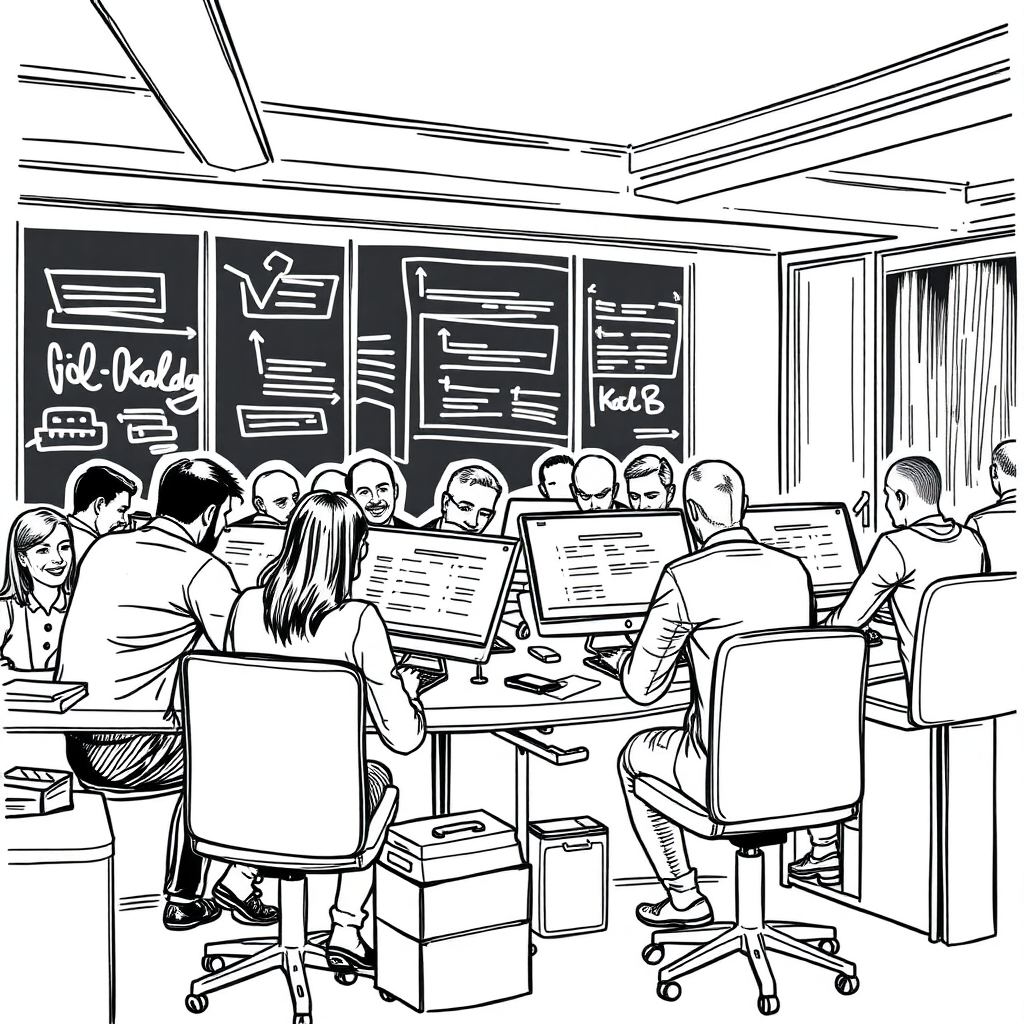
Product Team Roles Worth Mentioning
Product Marketing is about telling the world about the product. The need of it is present when the product is about to launch and after. They are one of the many sources of input for the product manager to consider.
Customer Support interfaces with customers to handle issues, collect feedback, and support the use of the product. Also, provides insights back to the product and development teams to improve the product based on customer feedback.
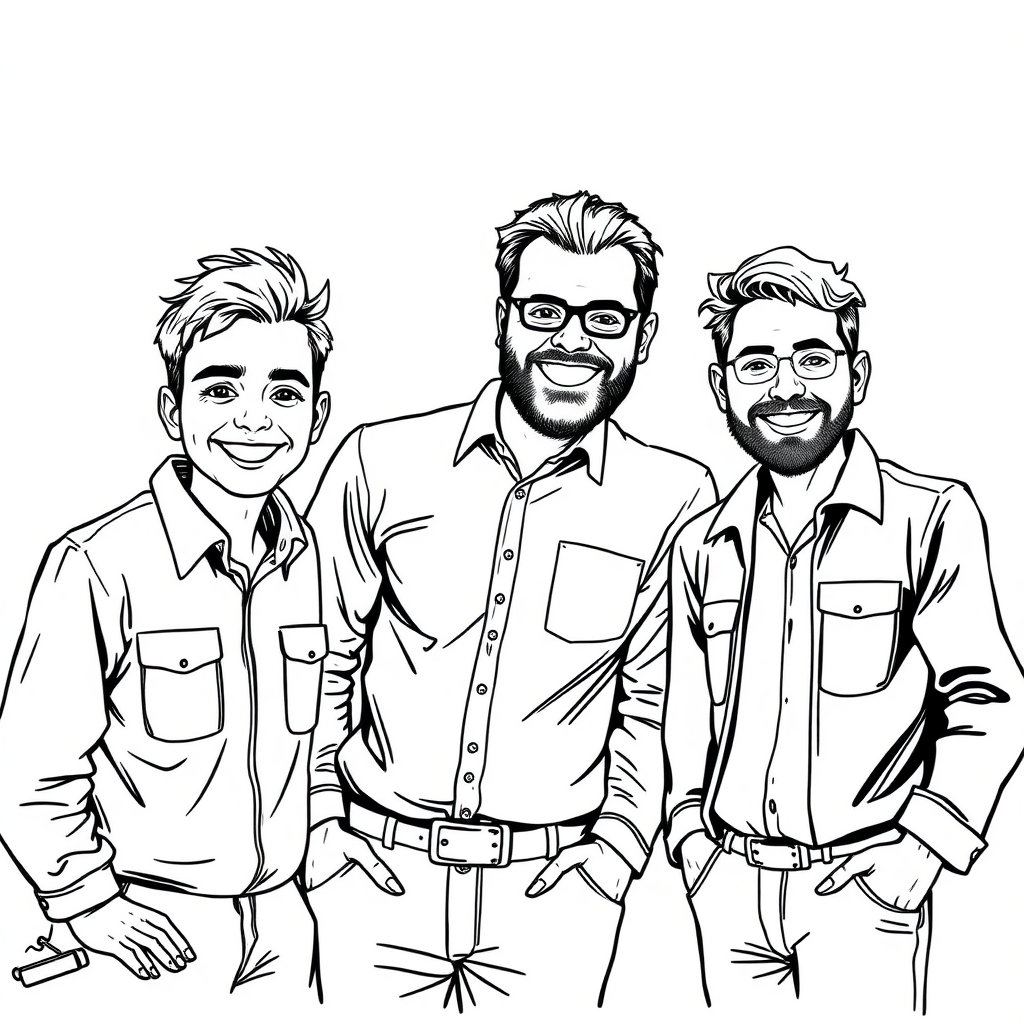
User Research is a great addition to the product team. Unfortunately, it’s seldom the case that the product team has user research team. When present, they work closely with the product management. Usually, taking notes during the Usability Testing next to the Product Manager.
Those are the Product Development Team Roles worth mentioning. Variations are possible from one team to another, and what’s important is to replicate the process more than the mere names of the roles.


Leave a Reply